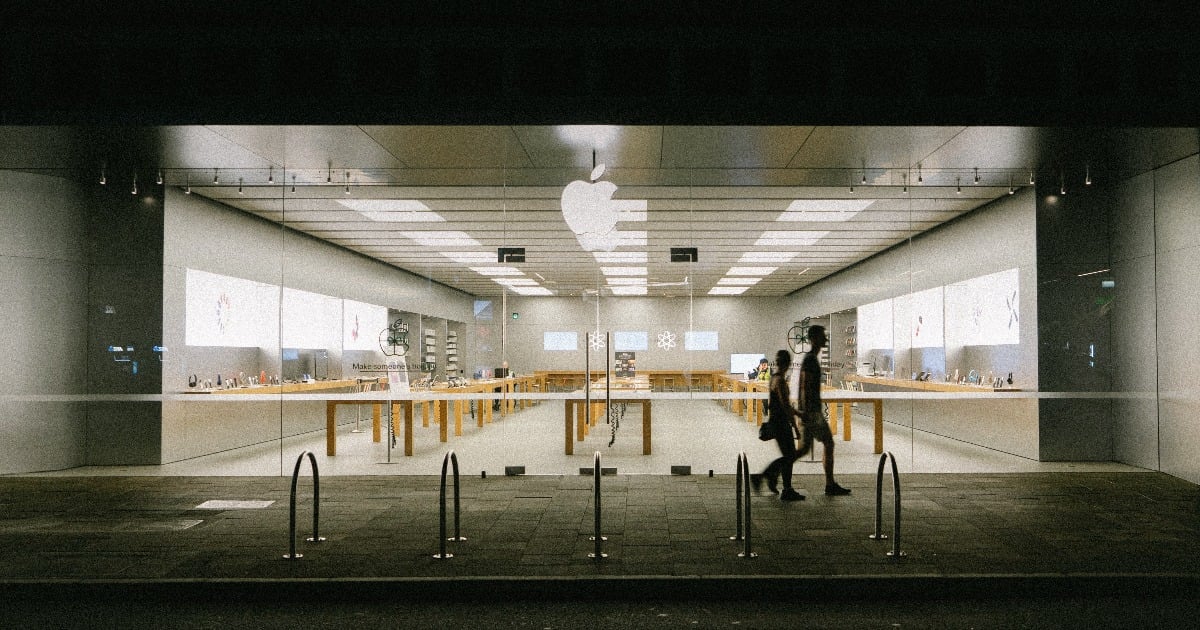The news has been punctuated with updates on the decision for Victoria’s Secret to go private while long-standing CEO Les Wexner - with the longest CEO tenure of any S&P 500 company - will step aside.
The big news at Victoria’s Secret isn’t just these changes, but rather what has led to them to make these changes. The L Brand subsidiary has been struggling, not as much as a result of mall closures or poorly placed locations, but largely due to Victoria’s Secret’s failure to keep up with changing tastes of their customers and listening to how their buyers have evolved. The brand continued to assume that men were their primary buyers and catered to that audience. Neil Saunders, Managing Director of GlobalData Retail, succinctly summarized their downfall:
“The brand is very embedded in the past,” said Saunders. “It was always about men feeling good. It should be about making women feel good about themselves."
Lingerie (and much of women’s clothing overall) tastes have evolved to desiring comfort, inclusiveness, and body positivity. ThirdLove and HarperWilde dominate the eCommerce space; Fortune Magazine headed warning in 2016 with their aptly titled “5 Lingerie Upstarts Challenging Victoria’s Secret.” The most glaring example of this change is the wide gap between Lululemon and Victoria’s Secret’s valuations: $34 billion with half the annual sales vs. $1.1 billion. And Lululemon’s interface with their customer isn’t entirely squeaky clean - ex-CEO Chip Wilson took heavy heat in 2013 when he made “fat shaming” comment in a Bloomberg interview - but was quickly ousted.
Lululemon in contrast has focused on driven, effective marketing and staying on the pulse of its customers, offering high-quality clothing and accessories that warrant charging a premium price. Its niche remains the high-income customer; some investment analysts will argue Lululemon’s downfall is the brand isn’t as accessible to middle and low-income clientele as say UnderArmour, Nike, or Champion. Overall, Lululemon’s success is driven by having a very strong understanding of what customers want, whether that is lifestyle classes on-site, lighting fast buy online and pick up in store fulfillment, upgraded in-store digital displays, or expanding products to men’s and outerwear options.
Lululemon’s story isn’t an improbable formula for success. In fact, the sustained sales lift that ThirdChannel customers experience in-store is always tied directly to engaging customer experience, expectation and flawless execution that caters to their demand. Staying at the forefront of these continuously changing variables lies in generating real-time visibility into what’s working and what’s not stores. With new technologies available now like ThirdChannel, Direct to Consumer and wholesale brands can not only see what’s happening with their products on the ground in thousands of stores, but mobilize field teams to optimize store environments to cater to consumers. A Lululemon-style success should be accessible for any brand that knows that the right tools are available.
Want to optimize customer experience and unlock more sales for your brand in stores? We’d love to talk through some new options.



